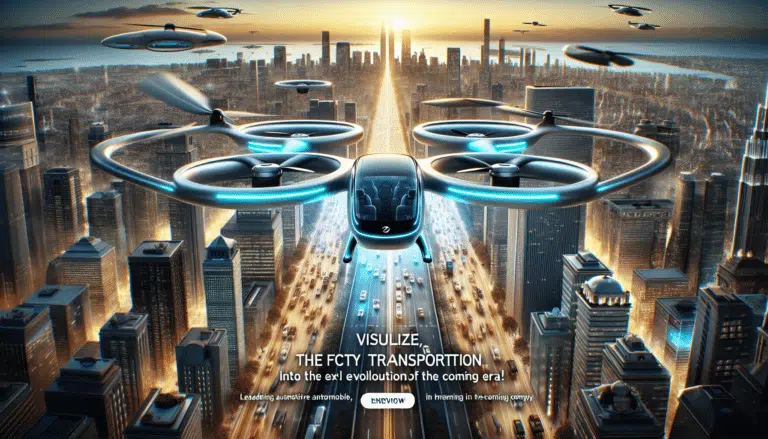Automobiles: What are those turquoise headlights that we might see soon on the roads?
In the near future, cars on the roads may feature a new headlight color that will catch the attention of many. This is turquoise, specifically chosen to identify vehicles with Level 3 autonomous driving. This innovation not only has an aesthetic purpose but is also designed to inform other drivers and authorities about the vehicle’s status, indicating that it is operating fully automated. With this, Mercedes-Benz positions itself at the forefront in the development of future driving technologies.
In the coming months, drivers can expect to see a novelty in car design: turquoise headlights. This innovative addition is part of the evolution towards Level 3 autonomous driving and has been primarily implemented by the Mercedes-Benz brand. This change will not be limited to this brand, as other companies will also begin to adopt the use of turquoise color for their vehicles, creating a visibility standard in traffic.
A color that makes a difference
The turquoise color has been chosen by SAE International as the one indicated for Level 3 automated driving. This choice is based on its high visibility and distinction from traditional colors used in road signs. Vehicle headlights and taillights will no longer only emit white or yellow light, but will incorporate this new color to facilitate the immediate recognition of a vehicle operating under an automated system.
Innovations in Mercedes models
Mercedes-Benz has made significant progress by obtaining approval in California and Nevada to use these turquoise headlights in its autonomous driving models. These vehicles, such as the Mercedes EQS and the Class S, will be equipped with the DRIVE PILOT system, allowing them to operate autonomously in specific areas and under controlled traffic conditions.
Why is turquoise light important?
The implementation of turquoise lights is essential for safety and communication on the road. This color will function as a visual indicator for other drivers and police, signaling that the vehicle is in autonomous mode. Thus, if a passenger appears distracted or looks away from the road, it will not be misinterpreted as irresponsible behavior, but rather as part of the operation of the automated vehicle.
The tests that will define the future
Testing with turquoise headlights will extend until July 2028 and will take place not only in the United States but also in Germany, where this country will be a pioneer in adopting this new regulation. The need to allow autonomous cars to be easily identifiable is key to a smooth integration with conventional cars.
The path to a new automotive era
As technology advances, the idea of sharing the roads with autonomous vehicles becomes more real. With the use of turquoise headlights, Mercedes-Benz and other brands are taking decisive steps towards an era where transportation will be safer and more accessible. It is a significant change that promises to revolutionize the way we interact with our cars.
The arrival of turquoise headlights in autonomous driving
The recent introduction of turquoise headlights by Mercedes-Benz marks an important advance in the field of autonomous driving. This new color, authorized in states like California and Nevada, aims to differentiate vehicles that operate under fully automated control, facilitating identification by other drivers and authorities.
Turquoise headlights will not be limited to the brand’s models, as their use has been approved by SAE International, suggesting that other brands will also be able to incorporate this distinctive element. This innovation allows vehicles equipped with the Drive Pilot system to become visible on the road, thus contributing to the safety of all parties involved.
As the technology for autonomous cars advances, the implementation of these turquoise lights will be a focal point in the evolution of mobility, marking the beginning of a new era in the way we interact with vehicles on our streets.


